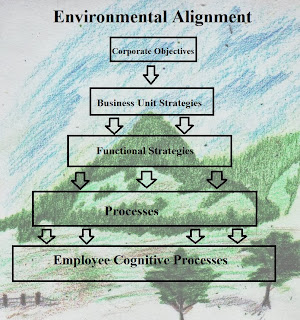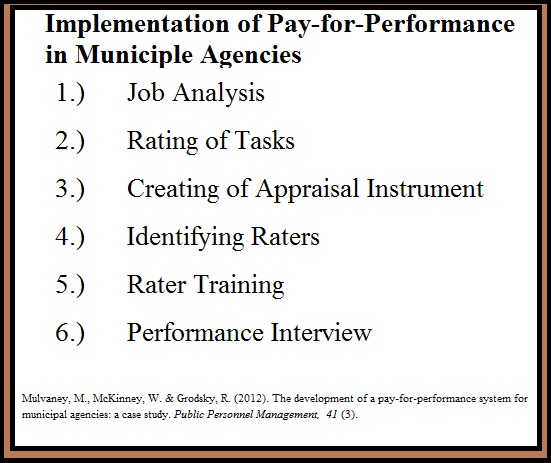The far majority of strategies don't fail at actual design but fail during the implementation process. As strategies are implemented throughout the organization they do not move deep enough to ensure that actions are integrated with operations. Understanding the activities needed at each level of the organization has its benefits for implementation and management.
The process of breaking down strategy into definable actions helps companies convert employee action into measurable outcomes. It provides a larger framework for understanding how each employee either contributes to or detracts from the organization. Likewise, it also offers a better understanding how departmental actions contribute to financial success.
Executive Level
Example: The fastest seating and service within the local dining market.
Managerial Level
Each department will have their own goals and functions. Managers break these goals into daily activities and actions. Managers oversea these processes to ensure that everyone is working according to the definitions of the department and the strategies that guide the department.
Example: Employees should seat and provide drinks for customers within ten minutes of entry.
Employee Level
Employees are trained on very specific functions that might include taking customers orders, refilling machines, or greeting customers. The definition of these functions is finite and offers the ability of the employee to understand their position.
Example: Greet the customer within two minutes by saying "hello", "welcome", or "good day".
Each level (executive, managerial, and employee) have functions that correspond to their designed spheres of influence. Each of these functions are under the control of the appropriate position. Executives offer higher level strategies, managers provide daily actionable direction to employees, and employees complete specific functions. The level of flexibility is dependent on the actual position itself.
Having a working definition of the functions and objectives of each department and position helps in managing the entire process. It becomes much easier to see how an adjustment in one area can impact the entire chain. For example, adjusting from the fastest service to the friendliest service in the local market will create corresponding adjustments at the departmental and employee levels.
Part of the strategic planning should be to understand how each individual piece fits within the large pie. It is possible to review the market and find where competitive advantages are likely to be found and then break them down throughout the organization until you get to individual actions. Such analysis and planning affords an opportunity to better align actions to strategies that produce higher results.
Having a working definition of the functions and objectives of each department and position helps in managing the entire process. It becomes much easier to see how an adjustment in one area can impact the entire chain. For example, adjusting from the fastest service to the friendliest service in the local market will create corresponding adjustments at the departmental and employee levels.
Part of the strategic planning should be to understand how each individual piece fits within the large pie. It is possible to review the market and find where competitive advantages are likely to be found and then break them down throughout the organization until you get to individual actions. Such analysis and planning affords an opportunity to better align actions to strategies that produce higher results.

